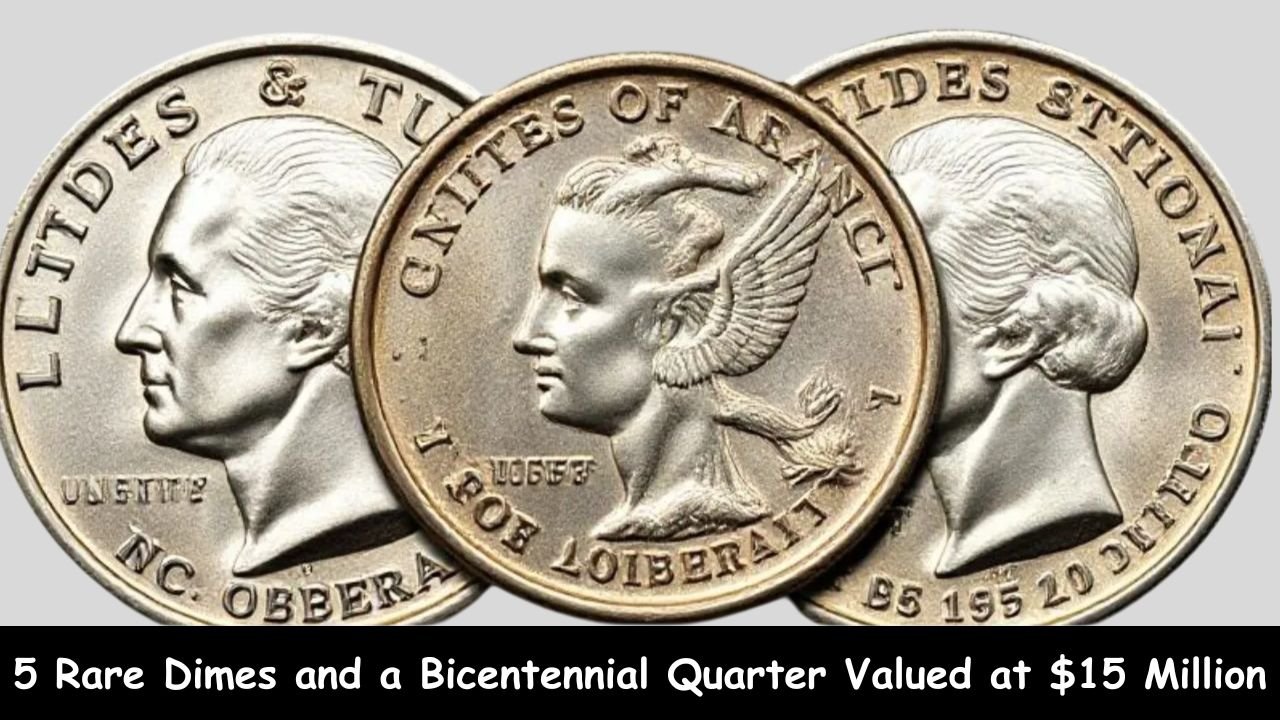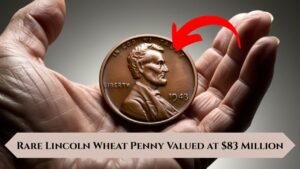Coins aren’t simply foreign money – they may be pieces of history. Throughout time, rare coins, such as dimes and quarters, have captured the attention of collectors and buyers alike. Among the many fascinating coins to be had, certain forms of dimes and the Bicentennial Quarter stand out due to their rarity, historic importance, and capacity for cost appreciation.
In this article, we will explore the rare dimes and the Bicentennial Quarter in element, which includes their origins, unique functions, and pointers on a way to identify them. Whether you’re a pro numismatist or a newbie looking to start your collection, this publish will provide you valuable insights into those rather sought-after coins.
Understanding Rare Dimes: A Collector’s Dream
The dime, that is worth 10 cents in U.S. Foreign money, may also seem modest in price, but sure rare dimes have end up especially prized among creditors. Rare dimes are those that had been minted in restrained portions, feature precise errors, or have ancient significance that makes them stand out. Some dimes are treasured due to their steel composition, even as others are liked for their design adjustments or rarity.
Types of Rare Dimes
Here’s an overview of the maximum famous rare dimes that collectors regularly are looking for:
1. The 1894-S Barber Dime
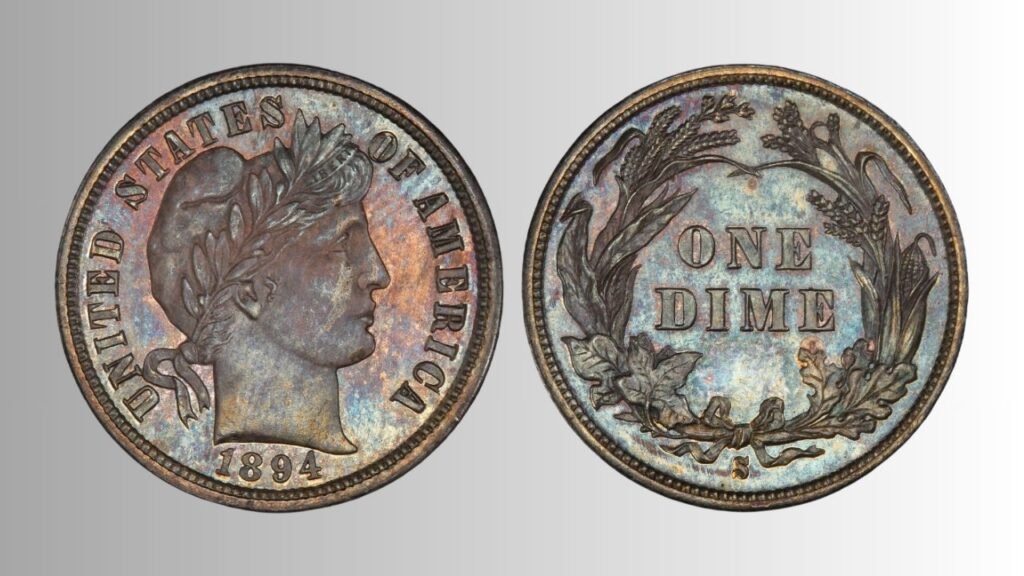
The 1894-S Barber Dime is broadly seemed as one of the rarest and most precious dimes in U.S. Records. Only 24 portions of this coin have been minted, making it an extremely rare discover. Its shortage and historical importance contribute to its high price amongst numismatists.
- Why it’s rare: Only 24 coins have been struck at the San Francisco Mint, and maximum of them have been both melted down or lost to records.
- Value: Depending on its condition, this rare dime can fetch anywhere from $1 million to over $2 million in auctions.
2. 1916-D Mercury Dime
The 1916-D Mercury Dime is every other surprisingly sought-after coin. This dime capabilities a winged Liberty design, frequently fallacious for the Roman god Mercury, and become produced in restricted numbers. The coin’s appeal lies in its rarity, the complicated layout, and its importance in U.S. Coinage history.
- Why it’s rare: The 1916-D became struck in fewer numbers compared to other dimes of the technology, making it extra tough to discover in excellent circumstance.
- Value: Depending on circumstance, it may be well worth among $400 and $1,000, or even better for coins in remarkable grades.
3. 1942/1 Mercury Dime (Overdate)
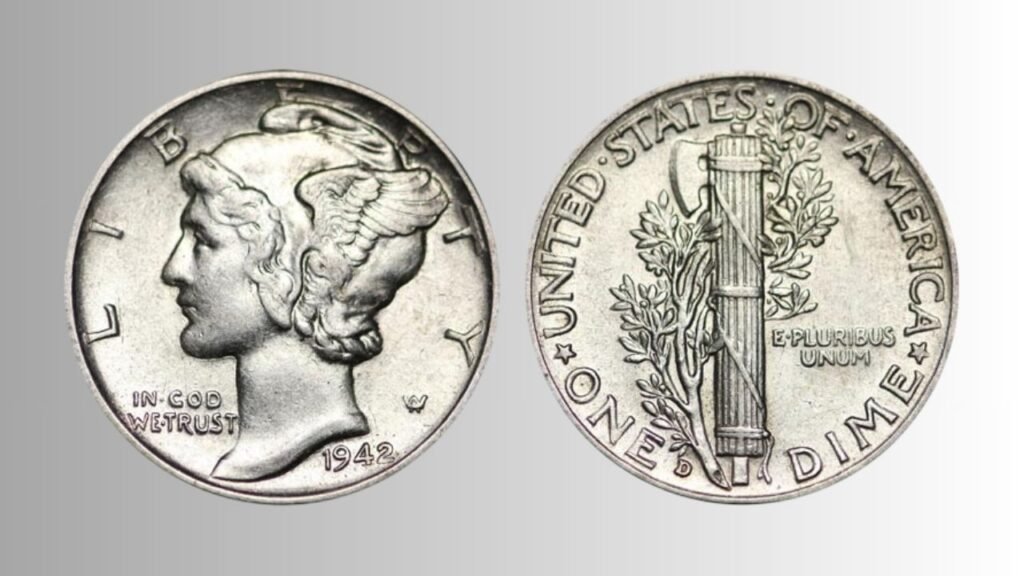
The 1942/1 Mercury Dime is an instance of an overdate error coin. It changed into minted while the die from the previous year (1941) changed into utilized by mistake to strike the 1942 coins. This ended in a small “1” being visible below the “2” on some cash, growing an overdate mistakes.
- Why it’s rare : Overdate errors like this one are specifically rare, and creditors regularly pay a top class for coins with such defects.
- Value: Depending on the coin’s grade, this dime can fetch everywhere from $500 to $2,500.
4. 1955 Roosevelt Dime (Silver Variant)
The 1955 Roosevelt Dime is some other rare find, but it’s miles specially valuable whilst it’s a silver version. It was one of the final dimes to be struck in 90% silver before the U.S. Transitioned to a copper-nickel composition.
- Why it’s rare: The 1955 silver dimes had been produced in limited portions compared to later years whilst the silver content material became reduced.
- Value: The silver 1955 dimes can range in value from $20 to over $100, depending on their circumstance and the current silver market costs.
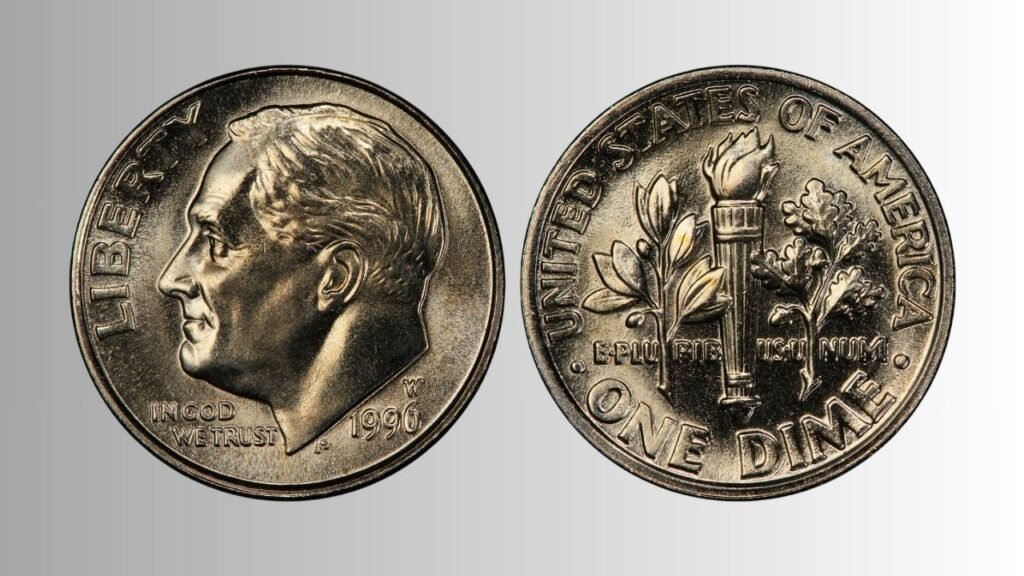
5. 1996-W Roosevelt Dime (Proof Coin)
The 1996-W Roosevelt Dime is fantastic not as it’s from an incredibly vintage duration, however because it was minted with the “W” mint mark, indicating that it become struck on the West Point Mint, which is not regular for dimes. Only a small number of those coins have been produced as a part of a special collector’s edition.
- Why it’s rare: The 1996-W Roosevelt Dime changed into minted as a part of a limited release and turned into no longer supposed for general circulate.
- Value: This coin may be well worth between $50 and $300 in uncirculated or evidence circumstance.
How to Identify Rare Dimes
Identifying a rare dime calls for a keen eye and interest to element. Here are some hints that will help you decide if a dime is probably really worth extra than face price:
- Check the Mintmark: The mintmark suggests wherein a coin become produced. Coins with mintmarks from positive mints, like San Francisco (S) or Denver (D), can be rarer and extra precious.
- Look for Errors: Errors such as overdates, double strikes, or repunched mintmarks can notably growth a coin’s value.
- Assess the Condition: The circumstance of the coin plays a important position in its cost. Coins in mint nation (MS) or evidence condition are really worth an awful lot extra than the ones in circulated situation.
- Examine the Year and Series: Older dimes, particularly the ones minted before 1965, are often fabricated from silver and may be valuable due to the metallic content material by myself.
- Rarity and Demand: Finally, research the coin’s rarity. Some dimes can be common, but if there’s a strong demand from creditors, they are able to nonetheless command excessive expenses.
The Bicentennial Quarter: A Piece of U.S. History
The Bicentennial Quarter, minted in 1976, changed into produced to commemorate the 200th anniversary of the USA. While no longer as rare as some dimes, the Bicentennial Quarter holds sizable historic price. It turned into struck in birthday celebration of the kingdom’s independence and has come to be a favourite amongst creditors.
Bicentennial Quarter Design and Features
The Bicentennial Quarter capabilities a exceptional reverse layout that differs from the usual Washington Quarter. This coin became minted with the subsequent specific features:
- Reverse Design: The opposite suggests the Colonial Drummer Boy and a illustration of the Independence Hall in Philadelphia, with the date “1776-1976” on the coin’s obverse.
- Minting Variations: The coin was minted in two types: the clad model (made of copper-nickel) and the silver model (90% silver) for collectors. The silver version is drastically more valuable than the clad model.
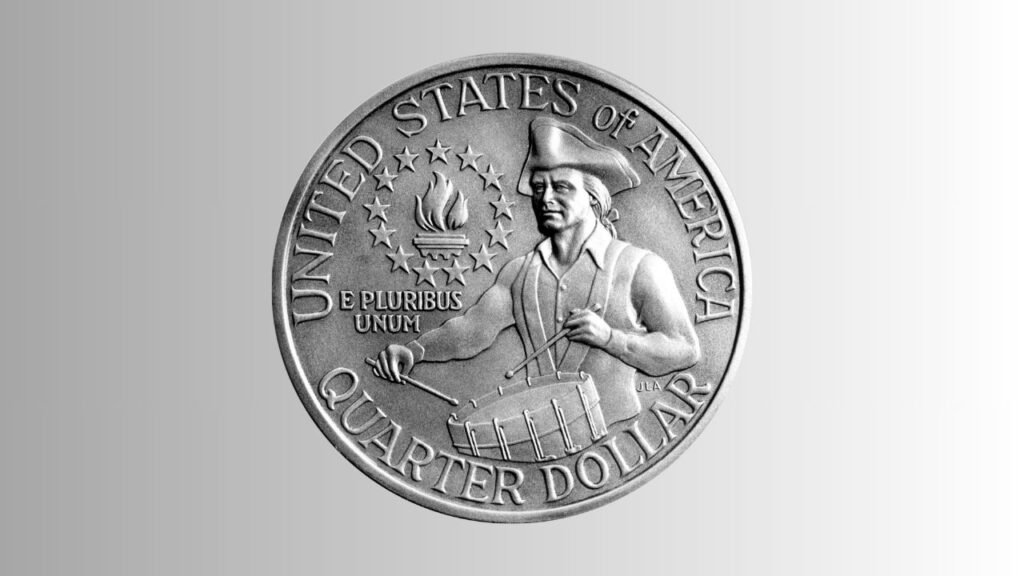
Value of Bicentennial Quarters
While the Bicentennial Quarter is often considered a commemorative coin rather than an extraordinary one, it’s far still precious to collectors, particularly in better grades or those with mint errors.
- Clad Bicentennial Quarters: These are incredibly commonplace and are really worth handiest barely above face value, generally around $0.50 to $1.00 in circulated condition.
- Silver Bicentennial Quarters: The 90% silver versions are greater precious, especially because of the rising silver charges. They are often worth everywhere from $3 to $12, depending on the market value of silver.
- Bicentennial Quarter Errors: Just like with dimes, mistakes can make the Bicentennial Quarter greater treasured. For instance, some quarters had been struck with a double die error, which can increase their value appreciably.
Why the Bicentennial Quarter is Special
The Bicentennial Quarter is greater than just a coin; it is a symbol of American history and patriotism. The coin was part of a broader set of Bicentennial-themed issues that still protected dimes and half bucks. These coins were produced in response to the general public’s desire to commemorate the U.S. Bicentennial in a tangible and meaningful manner.
Collectors value these cash for his or her historical significance, limited manufacturing (in evaluation to other coins of the equal era), and specific design factors. The special opposite design sets the Bicentennial Quarter other than other Washington Quarters, including to its appeal.
Conclusion
Rare dimes and Bicentennial Quarters are more than just collectible objects; they are portions of history that reflect the tales and activities that shaped the US. Whether you’re inquisitive about the 1894-S Barber Dime, excited by way of the 1916-D Mercury Dime, or proud to own a Bicentennial Quarter, these coins provide specific insights into America’s beyond and maintain the potential for widespread fee appreciation.
Collectors and investors alike can discover each pleasure and economic advantage in obtaining these coins. By know-how the records, figuring out the rare types, and carefully keeping your collection, you could make sure that your rare dimes and Bicentennial Quarters might be loved for years to come.
FAQ’s
Are these coins still in circulation?
It’s highly unlikely — but yes, a few examples have been found in circulation or among inherited coin jars. Most are in private collections, but the chance of discovery remains.
How can I tell if a Bicentennial Quarter is silver?
Use a precision scale. A silver Bicentennial Quarter will weigh about 5.75 grams, compared to 5.67 grams for clad coins. Also, look at the coin’s edge — silver coins lack the copper strip.
